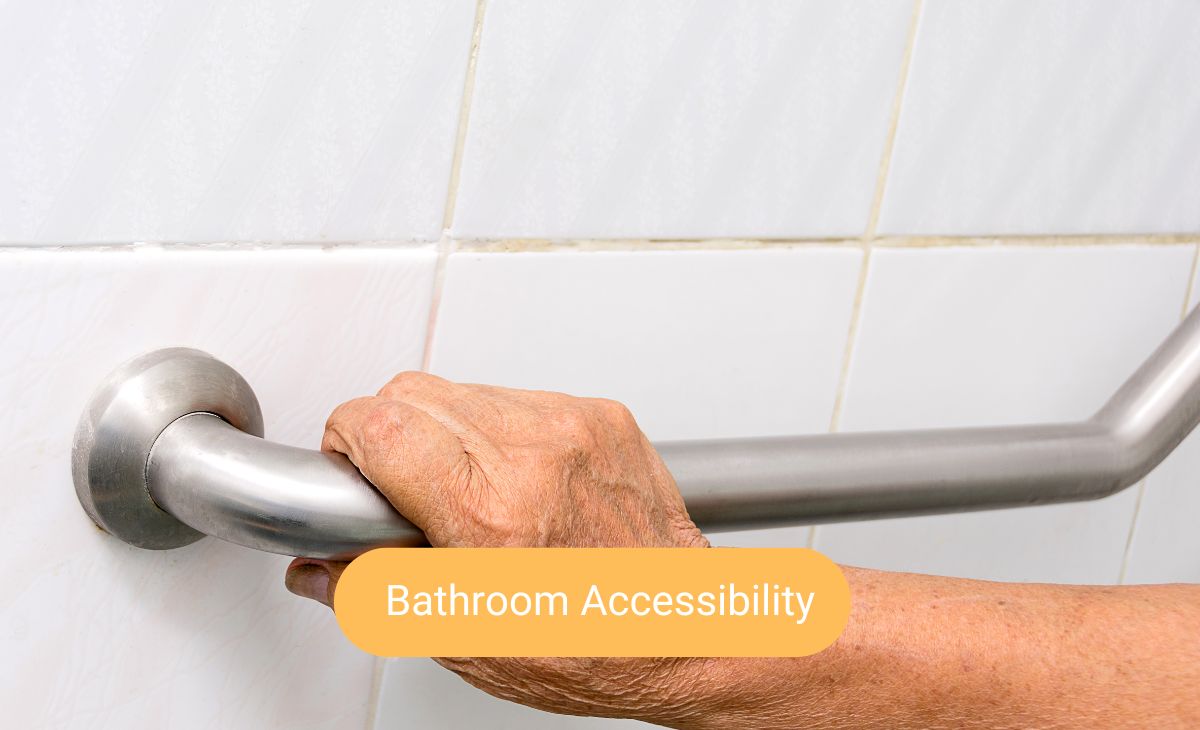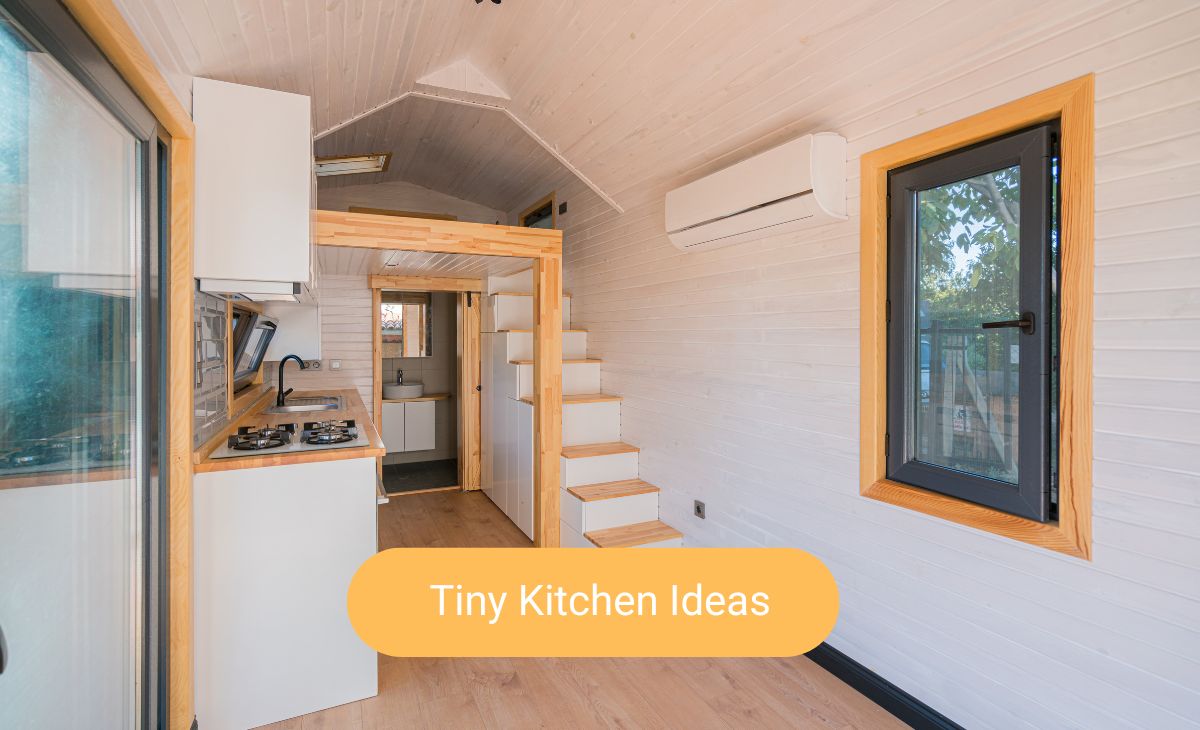Composting toilets might now fix all your problems, but they’ll put up with your crap! Dad jokes aside, if you’re looking to add a composting toilet to your campervan, RV or tiny home project this article will give you a few pointers on what to look out for. Composting toilets are a sustainable alternative to traditional toilets, offering benefits such as water conservation, waste reduction, and compatibility with off-grid living. In this blog post, you’ll learn about the various composting toilet brands, models, installation, and maintenance tips to help you make an informed decision for your home.
Points to Remember
Composting toilets are an eco-friendly and cost-effective choice for residential and commercial properties.
Popular composting toilet brands in Australia include Green Loo, Nature Loo, Eco Flo, Nature’s Head, Water Wally, Clivus Multrum & Sun Mar.
Consider factors such as space requirements, tank capacity, types of composting systems & odor removal when selecting a composting toilet system.
Why Choose a Composting Toilet?
Opting for a composting toilet is a responsible choice that benefits both your wallet and the environment. These waterless toilets require minimal resources and maintenance compared to traditional toilets, while significantly reducing environmental impact.
Composting toilets, which conserve water, minimize waste, and are suitable for off-grid living, offer a more eco-friendly composting toilet system for contemporary homes and businesses.
Environmental Benefits
Composting toilets are eco-friendly powerhouses. They conserve valuable water resources by eliminating the need for flush toilets, which can save thousands of litres of water per year. Moreover, composting toilets reduce pollution by containing waste, producing nutrient-rich compost, and decreasing carbon emissions.
Opting for a composting toilet not only saves money, but also promotes planetary health, making it an eco-friendly choice for national parks.
Off-Grid Living
Imagine living off the grid, enjoying the freedom of a self-sufficient lifestyle without sacrificing the comforts of modern sanitation. Composting toilets are an excellent choice for off-grid living, tiny homes, and remote locations, as they don’t require connection to sewer systems or water lines.
Their compact design and efficient waste management make them an ideal solution for those seeking an eco-friendly alternative to traditional toilets, including the use of a toilet seat.
Waste Reduction
One of the most remarkable aspects of composting toilets is their ability to transform human waste into nutrient-rich compost through continuous composting. This compost can be used in gardens and landscaping, effectively turning waste into a valuable resource, similar to a traditional compost pile.
The composting process of recycling nutrients from waste in composting toilets aids in landfill waste reduction and fosters a more sustainable future.
Popular Composting Toilet Brands and Models in Australia
To help you find the perfect composting toilet for your needs, we’ve compiled a list of popular brands and models available in Australia. Each of these options offers various features and benefits to suit different preferences, from tiny homes to commercial settings.
We will scrutinize these top contenders, to help you identify which one might be most suitable for you.
Green Loo
Green Loo offers Australian-made composting toilets suitable for tiny homes and larger domestic/commercial requirements. Their eco-friendly designs use up to 96% less water than flush toilets, providing efficient waste management solutions. With easy installation, modern aesthetics, and odor-free operation, Green Loo is an excellent option for those seeking a sustainable and innovative alternative to traditional toilets.
Nature Loo
Nature Loo provides elegant, simple, and easy-to-install composting toilets with excellent customer service. Their diverse range of models includes options for both compact modular split systems and self-contained units. With a focus on efficient waste management, Nature Loo composting toilets are perfect for those who value style and performance in their eco-friendly sanitation solutions.
Eco Flo
Eco Flo composting toilets are ideal for off-grid living and tiny homes, also known as tiny houses. Their waterless designs and easy installation make them a great option for those seeking sustainable and cost-effective waste management solutions.
With various models available for different settings, Eco Flo offers a range of composting toilets to suit your needs.
Nature’s Head
Nature’s Head composting toilets are popular due to their waterless feature, five-year warranty, and easy installation. These toilets are suitable for tiny homes, off-grid living, caravans, motorhomes, boats, sheds, and workshops, making them a versatile choice for those seeking an eco-friendly alternative to traditional sanitation systems.
Water Wally
Water Wally offers sustainable and cost-effective waterless toilet solutions in the form of waterless composting toilets designed by an Australian team of environmental experts. These toilets provide minimal environmental impact, water conservation, and off-grid wastewater management solutions.
With a focus on quality and affordability, Water Wally composting toilets are an excellent choice for those seeking a greener lifestyle.
Clivus Multrum
Clivus Multrum produces eco-friendly composting toilets in Queensland, catering to both full-time use and commercial applications. Their versatile range of models is suitable for various settings, making them a popular choice for those seeking environmentally conscious sanitation options.
Clivus Multrum’s reputation for quality and performance makes them a trusted brand for composting toilets in Australia.
Sun -Mar
Sun-Mar offers self-contained and split-system composting toilets suitable for various settings, with waterless options and affordable prices. Their diverse range of models ensures that there is a Sun-Mar composting toilet to suit your needs, whether you’re living off-grid or simply looking for an eco-friendly sanitation solution.
Ecolet
Ecolet sells a range of environmentally conscious products, including:
Composting toilets
Accessories
Consumables
Pedestals and seats
Compost toilets, including self contained composting toilet options, feature a composting chamber and cater to different needs and preferences, providing eco-friendly sanitation solutions.
With a focus on quality and customer satisfaction, Ecolet is a reliable choice for your composting toilet needs.
EnviroPro
EnviroPro offers affordable composting toilets suitable for various types of houses and buildings, including tiny homes, sheds, and commercial blocks. Their range of models ensures that there is an EnviroPro composting toilet to suit your needs, whether you’re living off-grid or simply looking for an eco-friendly sanitation solution.
Factors to Consider When Choosing a Composting Toilet
Before you make your decision, it’s essential to consider a few factors that will influence your choice of composting toilet. These include:
Space requirements
Tank capacity
Types of composting systems
Odor removal
A careful evaluation of these factors will guide you in selecting the ideal composting toilet for your unique circumstances.
Space Requirements
When choosing a composting toilet, one of the first things to consider is the space available for installation. Self-contained systems are ideal for limited spaces, as they don’t require space under the floor. On the other hand, split systems need underfloor clearance, making them more suitable for larger installations. A careful planning of your installation is needed to ascertain that you have adequate space for your selected system.
Tank Capacity and User Frequency
Another important factor to consider when choosing a composting toilet is tank capacity and user frequency, as composting toilets require attention to these factors to determine how often the toilet needs to be emptied. This can be a significant consideration for maintenance and convenience.
Selecting a tank size that will accommodate the expected usage frequency without frequent emptying is necessary for a hassle-free experience.
Types of Composting Systems
Understanding the differences between self-contained and split-system composting toilets is crucial when choosing the right system for your needs. Self-contained systems are compact and don’t require space under the floor, making them ideal for small spaces.
Split systems, on the other hand, have larger capacities and can be situated in areas requiring multiple users. Consider your specific needs and preferences when choosing between these two types of composting systems.
Installation and Maintenance Tips
Proper installation and regular maintenance are crucial for the efficient functioning and longevity of composting toilets. By following the manufacturer’s guidelines and local regulations, you can ensure that your composting toilet operates optimally and provides years of eco-friendly service.
Proper Installation
Ensuring proper installation of your composting toilet is essential for its overall performance and functionality. Always follow the manufacturer’s guidelines and local regulations when installing your toilet. This includes proper positioning, ventilation, and plumbing connections.
Ensuring a correct installation of your composting toilet will guarantee its efficient and effective operation for the years ahead.
Regular Maintenance
Performing regular maintenance tasks is vital to keep your composting toilet functioning optimally. This includes adding carbon-based materials, preventing compacting, and ensuring proper drainage.
Regular maintenance aids in extending the lifespan of your composting toilet and preserving its efficiency.
Troubleshooting Common Composting Toilet Issues
Occasionally, you may encounter issues with your composting toilet, such as odour control and moisture management on the toilet floor.
This section will guide you on how to address these common issues, to ensure the efficient and effective functioning of your composting toilet.
Odour Control
Odour control in composting toilets can be achieved by maintaining moisture levels, keeping the lid on, and ensuring correct venting.
Adherence to these simple tips, including proper use of a vent hose, will help prevent unpleasant odors, ensuring a clean and hygienic environment in your home.
Managing Moisture Levels
Managing moisture levels in composting toilets is essential for preventing odours and ensuring efficient composting. By maintaining the appropriate moisture balance and adding bulking agents when necessary, you can promote effective decomposition and prevent unpleasant smells.
Summary
Composting toilets offer an eco-friendly and cost-effective alternative to traditional toilets. With numerous brands and models available in Australia, there’s a composting toilet to suit every need and preference. By considering factors such as space requirements, tank capacity, and composting systems, you can make an informed decision and enjoy the benefits of sustainable living. So why not take the plunge and embrace the green movement with a composting toilet?
Frequently Asked Questions
What are the drawbacks of a composting toilet?
Compost toilets can require a lot of maintenance, and if not properly maintained, they can produce odors, insects, and health hazards. Additionally, a power source is often needed, and the end product must be removed regularly.
Where do you empty a composting toilet?
When travelling with a composting toilet, it is best to take the waste to a designated dump station to be processed at sewage sludge or wastewater treatment plants. You may also use diluted urine as fertilizer or dispose of the contents in an external composting bin.
How do you wipe a composting toilet?
To wipe a composting toilet, mix 1 part vinegar concentrate with 7 parts water and use it to clean the urine diverter, bottle, and seat. For the bowl, apply Nature Flush Enzymes and use a toilet brush. For the seat and lid, spray on some Nature Flush and wipe with a paper towel. Finally, spray on some Nature Flush on the outside of the pedestal and wipe down with a paper towel.
How often do you dump a composting toilet?
On average, you should empty your composting toilet every three months.
Are waterless toilets worth the hassle?
Waterless toilets can be a great choice for those looking to reduce water consumption, especially in rural settings, and they are able to keep pollutants out of the environment. Overall, waterless toilets can be very beneficial.


